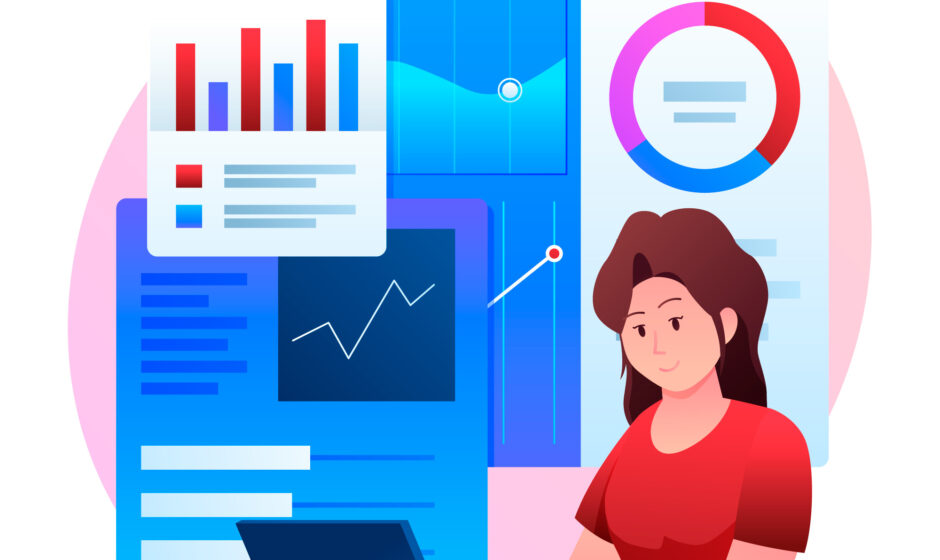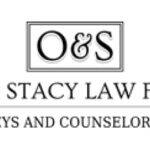In today’s fast-paced work environment, staying organized and on top of tasks is more important than ever. Whether you’re managing a small team or a large organization, task management software helps streamline processes, improve communication, and increase productivity. But what exactly makes task management software effective? In this article, we’ll dive into the top features every task management software should have to help your team work more efficiently and stay on top of their goals.
What Makes Task Management Software Effective?
Task management software serves as the backbone of efficient workflows. It enables teams to collaborate, track progress, and ensure tasks are completed on time. But not all task management software is created equal. When selecting a tool, it’s essential to choose one that meets your team’s specific needs. Key considerations include ease of use, integrations with other tools, and features that allow for customization to suit your team’s workflows.
Now, let’s explore the top features that should be present in every task management software to maximize its effectiveness.
Top Features Every Task Management Software Should Have
1. Task Tracking and Management
A primary function of task management software is the ability to track tasks from start to finish. This allows managers to assign, prioritize, and monitor tasks all in one place. Task tracking helps you stay updated on what needs to be done, who’s responsible for it, and whether or not deadlines are being met.
- Task Assignment: Assign tasks to team members, ensuring that everyone knows their responsibilities.
- Task Status Updates: Team members can update their progress, allowing everyone to see the current status of the task.
- Subtasks: Break larger tasks into smaller, more manageable pieces to keep track of complex projects.
Example: You assign a task to a team member, and they update its status to “in progress” or “completed.” Everyone involved can see where the task stands without having to chase down updates via email.
2. Due Dates and Deadlines
Due dates and deadlines are critical for keeping tasks on track and ensuring timely project completion. A task management tool should provide a way to assign clear deadlines for each task, preventing projects from slipping through the cracks.
- Calendar View: A visual representation of deadlines and milestones.
- Task Deadlines: Ensure tasks are completed on time by setting start and end dates.
- Recurring Tasks: Set tasks to repeat regularly, such as daily, weekly, or monthly, for ongoing processes.
Example: A project manager assigns a due date to a task, and the system automatically sends reminders as the deadline approaches. This reduces the chance of forgetting or missing a deadline.
3. Notifications and Reminders
Timely notifications and reminders are a game-changer for task management. They ensure that team members are kept in the loop and never miss important updates or deadlines.
- Push Notifications: Instant alerts on task updates, status changes, and comments.
- Reminder Emails: Automatic email notifications to remind team members of pending tasks or approaching deadlines.
- Custom Alerts: Set up custom notifications for specific events, like task completion or overdue tasks.
Example: Your team gets instant notifications when a task is reassigned, or when a due date is approaching, helping them prioritize accordingly.
4. Collaboration and Communication Tools
Team collaboration is key to ensuring that tasks are completed efficiently. The best task management software integrates tools for communication, file sharing, and group collaboration, so everyone stays aligned on their tasks.
- Comments and Mentions: Team members can leave comments directly on tasks and mention others to ask questions or provide feedback.
- File Sharing: Upload documents, images, or any necessary files directly to tasks for easy reference.
- Integrated Messaging: Internal messaging features allow teams to communicate without leaving the software.
Example: A team member uploads a document to a task and leaves a comment asking for feedback. Another team member can reply directly in the system, eliminating the need for multiple emails.
5. Prioritization and Sorting Features
Prioritization features help you manage which tasks need to be completed first, ensuring that high-priority tasks don’t get lost in the shuffle. Sorting options allow teams to organize tasks based on urgency, deadlines, or importance.
- Priority Levels: Assign different priority levels to tasks (e.g., low, medium, high) so that the team knows which tasks require immediate attention.
- Custom Sorting: Sort tasks by due date, priority, or other customizable criteria to fit your workflow.
Example: Tasks with high priority appear at the top of the list, so your team can focus on them first, reducing delays and ensuring critical tasks are completed promptly.
6. Resource and Time Management Tools
Effective resource management is crucial to project success. The best task management software offers features that help you allocate resources efficiently and track the time spent on tasks to prevent bottlenecks.
- Time Tracking: Track how long each task takes to complete, helping identify time-wasting activities or inefficiencies.
- Workload Management: Visual tools help manage workloads by showing how much each team member has on their plate.
- Resource Allocation: Assign resources to tasks based on availability and priority.
Example: Time-tracking features allow managers to see if any tasks are taking longer than expected, enabling them to reassign resources or adjust priorities accordingly.
7. Reporting and Analytics
Data-driven decisions are essential for improving productivity. The best task management software offers robust reporting and analytics tools that give managers insight into project progress, team productivity, and task completion rates.
- Task Completion Rates: Track the percentage of tasks completed on time.
- Team Productivity Reports: Analyze how much work each team member is completing and identify any roadblocks.
- Project Overview: Get a snapshot of the entire project’s progress, including upcoming deadlines, completed tasks, and any delays.
Example: The software generates a report showing which tasks are delayed and which team members might need additional support, helping you take proactive steps to keep the project on track.
How to Choose the Best Task Management Software
When selecting the right task management software, consider the following:
- Assess Your Team’s Needs: Determine the size of your team, the complexity of your projects, and any specific features you need (e.g., time tracking, integrations, etc.).
- Look for Ease of Use: Choose a tool that is intuitive and easy for all team members to adopt.
- Customization Options: The ability to customize the software to your team’s workflow can help ensure smoother project execution.
- Integration Capabilities: Ensure the software integrates with other tools you use (e.g., email, calendar systems, file storage platforms).
The Benefits of Free Project Management Software
When you are just starting out or operating on a tight budget, investing in free project management software can be a viable option. Many task management tools offer a free tier with essential features that can still meet your team’s needs without the financial commitment. Here are some of the advantages of using free project management software:
- Zero Cost: Free project management software comes at no cost, making it ideal for small teams or businesses with limited resources.
- Basic Features: Most free tools still offer key functionalities such as task assignment, due dates, reminders, and basic collaboration features.
- Scalability: As your team grows, you can easily upgrade to a paid version with more advanced features, making the transition smooth.
If you’re new to task management tools or want to try before committing to a paid version, exploring free project management software can be a great option. Tools like Trello, KaryaKeeper, and ClickUp offer robust free plans that provide essential features for small teams. However, if you need advanced reporting, integrations, or resource management, you might eventually consider a premium solution.
Conclusion
The right task management software can revolutionize the way your team works by providing the tools needed to stay organized, communicate effectively, and meet deadlines. From task tracking and due dates to real-time notifications and collaboration features, these tools streamline your processes and boost productivity. When choosing the best task management software for your team, make sure to prioritize features that align with your team’s needs and workflows to get the most out of your investment.
By selecting software with the right set of features, you’ll set your team up for success, making it easier to stay on track, collaborate, and achieve your project goals with greater efficiency. Whether you choose a free solution or a paid option, having the right tools in place will make a significant difference in the success of your projects and the overall productivity of your team.



